This is the second installment of a tour of places related to Ieyasu Tokugawa.
Speaking of Ieyasu, I think many people imagine the places where Okazaki Castle (Okazaki City) and Sunpu Castle (Shizuoka City) are located, but in fact, there are many places related to Ieyasu in Nagoya City.
This time, I would like to visit places related to Ieyasu Tokugawa in Nagoya City!
▼ Click here for the Okazaki edition
Table of Contents
Shikemichi


The first place to go is Shikemichi, which is about a 15-minute walk from Nagoya Station.
Nagoya Castle was built by order of Ieyasu, and the samurai, merchants, temples and shrines moved all together to move the center of Owari from Kiyosu to the area around Nagoya Castle. Shikemichi is one of the towns created by such a large movement.
The name comes from the widening of the road to 4 ken (approximately 7m) for the purpose of fire prevention in the wake of the Great Genroku Fire that occurred in 1700.
Shikemichi is lined with white-walled storehouses and old townhouses. In 1986, it was designated as Nagoya City's No. 3 Townscape Preservation District.
Gojo Bridge/Horikawa


Horikawa is a short walk from Shikemichi. At the same time as the construction of Nagoya Castle, it was built as a waterway for transporting goods. The first bridge built over Horikawa is “Gojo Bridge”.
"Gojo Bridge" also originally spanned the Gojo River, which flows through Kiyosu, but was moved together with the "Kiyosu-goshi".
The current bridge was rebuilt in 1938. Although it is made of reinforced concrete, it retains the shape of a wooden bridge. It is designated as an important building for urban landscape in Nagoya City.
Nagoya Toshogu Shrine


This temple was founded by Yoshinao Tokugawa, the ninth son of Ieyasu, and was originally located in the Sannomaru of Nagoya Castle, where Ieyasu was enshrined.
The building at that time was destroyed by fire during the war, but the stone lanterns in the precincts are precious lanterns from the time it was built in 1619. Ieyasu Tokugawa is enshrined here, and the noren is designed with the Tokugawa trefoil hollyhock crest.
Since the 3rd anniversary of Ieyasu's death, an annual festival has been held on April 17th every year.
Nagoya Castle / Hommaru Palace


In the 15th year of Keicho (1610), construction of Nagoya Castle began under the order of Ieyasu Tokugawa.
It is a castle that is a symbol of Ieyasu's Nagoya city planning. Before it was destroyed in an air raid and rebuilt, it was designated as the No. 1 National Treasure.

Most of the castle tower was lost in the air raids, but the three turrets, including the southwest corner turret, and the three gates, including the Omote-no-mon Gate, were built at that time and are designated as Important Cultural Properties.

The natural monument "Kaya Tree (Japanese nutmeg tree)" near the main gate of Nagoya Castle. It is said that when Yoshinao Yoshinao Tokugawa, the first lord of the Owari domain, left for the Osaka Summer Siege, he ate the fruit and established peace for Tokugawa Family.
There are many important cultural properties scattered around Nagoya Castle, so please take a look around.
[Extra] "Ieyasu Ramen" at Fujiyama 55 Kinshachi Alley


Kinshachi Alley of Nagoya Castle. Kinshachi Alley is lined with Nagoya food style restaurants!
This time, I ate "Ieyasu Ramen" at Fujiyama 55 in the "Muneharu Zone" at the end of the east gate. Rich miso ramen with thick noodles typical of Fujiyama 55, plenty of bean sprouts, minced meat, and pork belly. On top of the pork belly is a piece of nori decorated with Tokugawa Family crest, the trefoil hollyhock.
This ramen, the vessel is also Ieyasu specification? So please check it out.
Asahi Shrine


Asahi Shrine is said to have been the tutelary deity of Ieyasu's lawful wife, Asahihime, and was located in Asahi-go in the Kiyosu castle town.
When Nagoya Castle was built, it was moved to the current location at the request of Ieyasu.
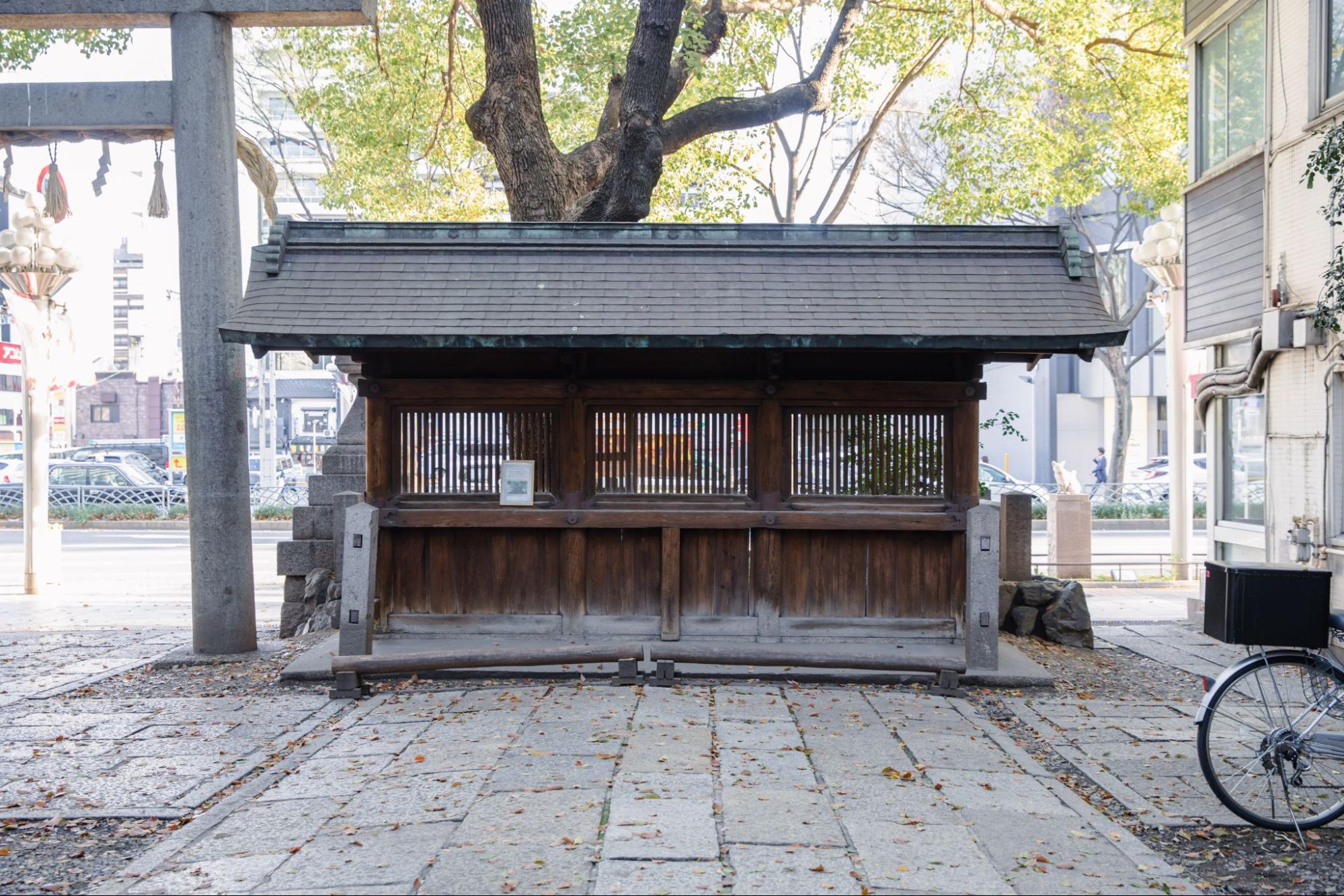
The open fence facing Hirokoji-dori Street is a remnant of the 'purity-proof' function of the Owari clan prison, which was located across from the shrine in the Edo period. It is said that it was built to blind the sinners who were set off so that they would not be seen by the gods.
Osu Kannon


The official name is "Kitanosan Shinpukuji Hosho", but it is popularly called "Osu Kannon".
Originally located in Osu, Mino, it was moved to its present location by Ieyasu Tokugawa in 1784.
The main hall was destroyed by fire during the war and was rebuilt in 1970. Along with Asakusa Kannon and Tsu Kannon, it is one of the three major Kannons in Japan. An antique market is held on the 18th and 28th of each month.
Banshoji


It was founded by Oda Nobunaga's father, Nobuhide, as the family temple of the Oda family.
It was originally located in the south side of present-day Nagoya Castle, around Marunouchi 2-chome and 3-chome, and it is said that Ieyasu Tokugawa became a hostage of the Oda family and spent about three years from the age of 6 at Banshoji.
In 1610, after the death of Nobuhide, it was moved to its current location by order of Ieyasu. The building that did not use nails was relocated and rebuilt along with the principal image. It is a place where a famous episode remains: when Nobuhide died of illness at the age of 42 in 1552, the chief mourner, Nobunaga, appeared in an unsuitable appearance and threw powdered incense on Nobuhide's mortuary tablet.

The mausoleum of Kogenin Haruhime, the lawful wife of Yoshinao Yoshinao Tokugawa, the ninth son of Ieyasu and the first lord of the Owari Domain, is this Banmatsu.
Built as a temple, it changed from the Oda family's family temple to Tokugawa Family 's family temple.
Fudo-do hall in the precincts enshrines a substitute Fudo Myo-o, which is said to have been named by Kiyomasa Kato, making it one of Nagoya's leading power spots.
This was the second installment of a tour of places related to Ieyasu Tokugawa.
Lastly, how about going back to Osu Shopping Arcade where you can find Osu Kannon and Manshoji temple?
This is also one of the interesting spots in Nagoya. Please eat something delicious and see interesting shops and go home!
![[Nagoya City] Let's Tour around the Place Related to Ieyasu Tokugawa!| Life Designs](https://life-designs.jp/wp/wp-content/themes/wp-templ/assets/img/common/logo.svg)

![[Nagoya City] Let's Tour around the Place Related to Ieyasu Tokugawa!](https://life-designs.jp/wp/wp-content/uploads/2023/04/image19-6.jpg)







![[Tokai Area] Explore its History!](https://life-designs.jp/wp/wp-content/uploads/2019/12/LD_banner_w1920x1088_history-1-1024x580.jpg)
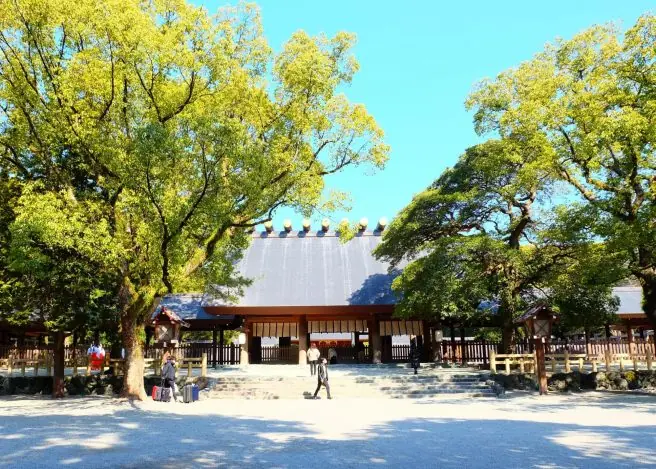

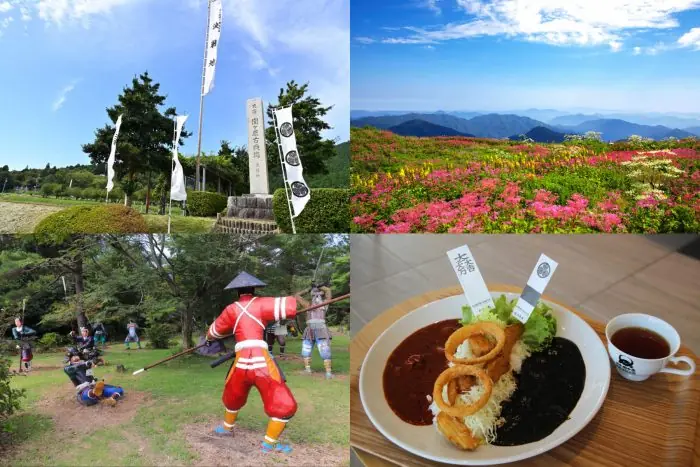


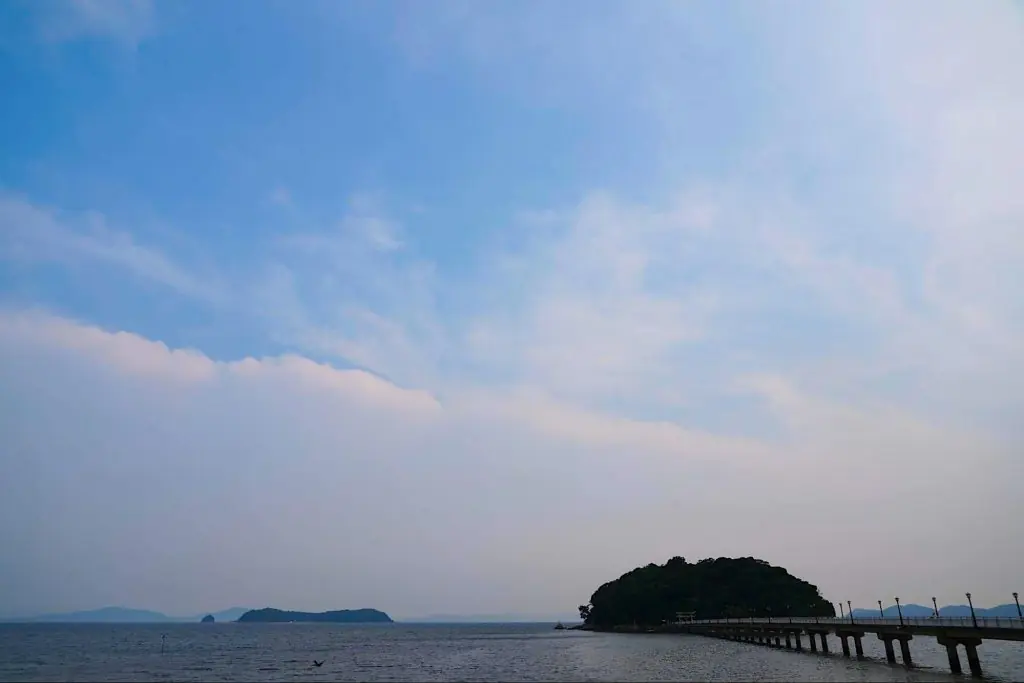

![[Gujyo Hachiman: Weekdays only!] Tour around the Beautiful Castle Town with a Digital Ticket “CentX”](https://life-designs.jp/wp/wp-content/uploads/2023/10/9300089c7781c0edf6921fad2208fa7d-1024x683.jpg)
![[Ghibli Park] How to Enjoy Hill of Youth! (World Emporium & Cat Office)](https://life-designs.jp/wp/wp-content/uploads/2023/07/image8-12-1024x683.jpg)
![[Trip 2023] What to do in Nagoya? 30 Recommended Sightseeing Spots](https://life-designs.jp/wp/wp-content/uploads/2023/10/FotoJet-50-1024x768.jpg)

![[Indoor Facilities] Where to Go on Rainy Days in Tokai Area! For Family Outings!](https://life-designs.jp/wp/wp-content/uploads/2023/07/FotoJet-23.jpg)





![[Special Feature] Enjoy Your Day at a Park!](https://life-designs.jp/wp/wp-content/uploads/2019/12/LD_banner_w1920x1088_park-1-768x435.jpg)
![[Special Feature] Enjoy Outdoor Activities!](https://life-designs.jp/wp/wp-content/uploads/2019/12/LD_banner_w1920x1088_outdoor-1-768x435.jpg)

![[Tokai Area] Place to Go on Rainy Days!](https://life-designs.jp/wp/wp-content/uploads/2022/03/f76405aaa33944a4ba88a131fbc56523-1024x580.png)

![[Nagoya-meshi] Nagoya's Speciality Dishes](https://life-designs.jp/wp/wp-content/uploads/2022/06/5ba2ca8c038fd4af7527bc0826367cfb-1024x580.png)


















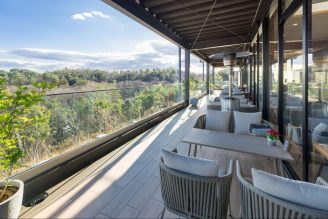















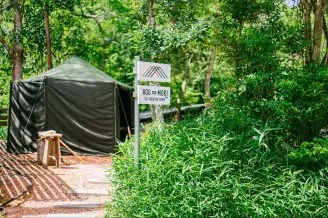


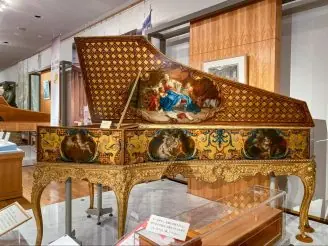



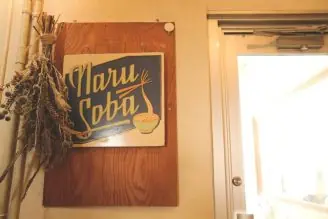




![Onigiri is hot right now! Summary of Osu's Onigiri Specialty Shops [5 selections].](https://life-designs.jp/wp/wp-content/uploads/2023/11/onigiri-1024x768.jpg)
![[28 selections] I want to get it when I go to Ghibli Park! Recommended goods & souvenirs (Ghibli’s Grand Warehouse edition)](https://life-designs.jp/wp/wp-content/uploads/2023/07/07bb34f30842ccc4c6412fc060e1966c-1024x683.jpg)

![[20 Selections] Nagoya Souvenirs: Non-Sweet & Recommended Snacks Available at Nagoya Station](https://life-designs.jp/wp/wp-content/uploads/2025/07/image3-2-1024x683.jpg)
![[Aichi, Gifu, Mie] 30 Family-Friendly Spots to Go in Winter!](https://life-designs.jp/wp/wp-content/uploads/2019/12/image21-1-768x543.png)
![[Within 2hrs by Car] 12 Outing Areas where You can Go on a Day Trip from Nagoya!](https://life-designs.jp/wp/wp-content/uploads/2023/07/odekake12_w1200h900_20240422-328x246.png)



